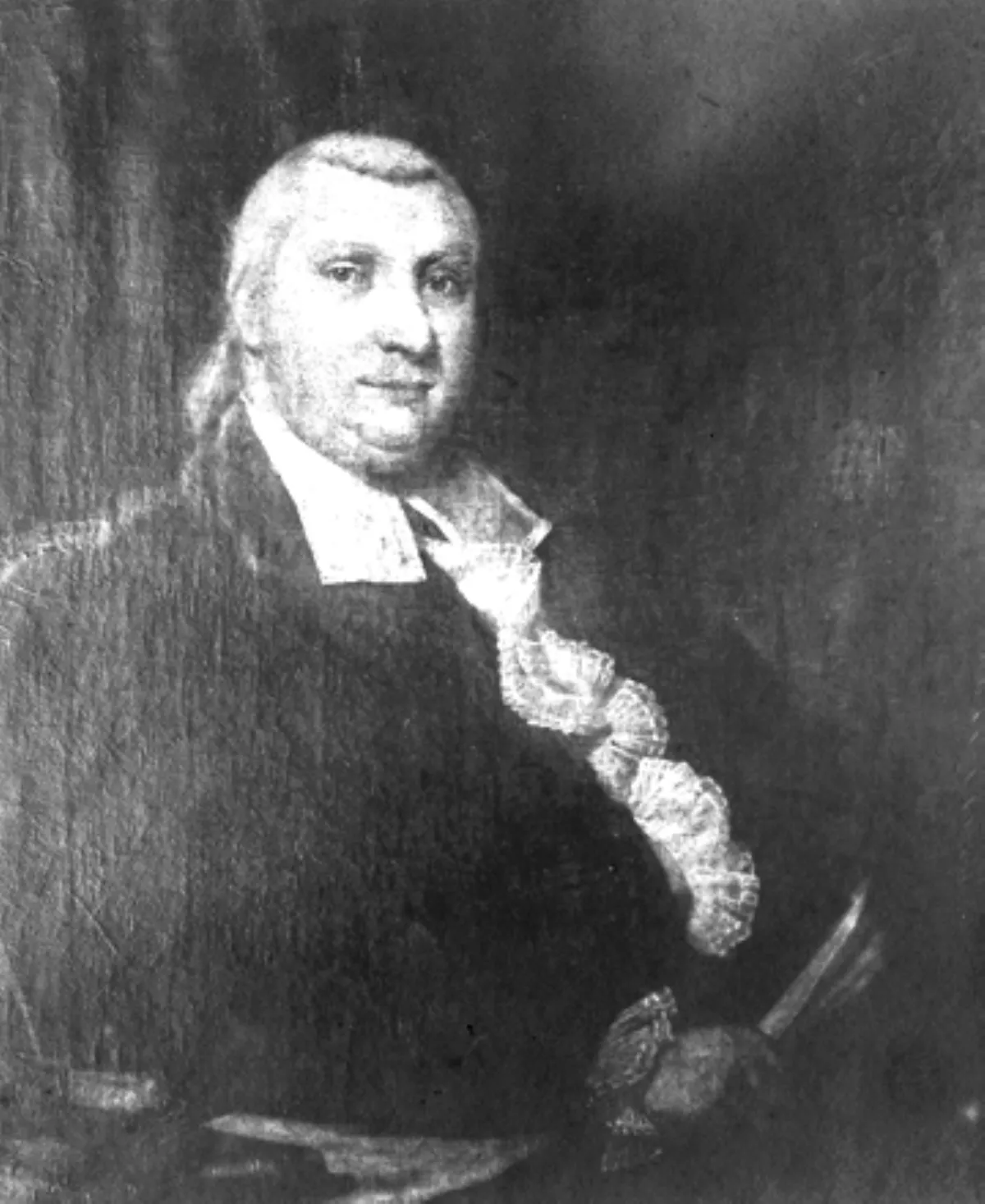 1.
1. Robert Troup was a soldier in the Continental Army during the American Revolutionary War and a United States district judge of the United States District Court for the District of New York.

 1.
1. Robert Troup was a soldier in the Continental Army during the American Revolutionary War and a United States district judge of the United States District Court for the District of New York.
Robert Troup participated in the Battles of Saratoga and was present at the surrender of British General John Burgoyne.
Robert Troup graduated from King's College, later renamed Columbia University, in 1774, and read law, with John Jay.
At the start of the American Revolutionary War, Robert Troup joined the Hearts of Oak, a volunteer infantry unit of the New York militia.
Robert Troup entered as a second lieutenant in 1775, serving alongside two fellow King's College students, Alexander Hamilton and Nicholas Fish.
Robert Troup was depicted in Surrender of General Burgoyne, an 1821 painting by John Trumbull.
Robert Troup completed his study of law under Judge William Paterson, later a Governor of New Jersey.
Robert Troup was in private practice in Albany, New York from 1782 to 1783.
Robert Troup was a member of the New York State Assembly in 1786.
Robert Troup was Clerk of Court for the United States District Court for the District of New York from 1789 to 1796.
Robert Troup was an Agent for Sir William Pulteney's estates in western New York from 1801 to 1832.
Robert Troup served as a trustee of Columbia College from 1811 to 1817, and was a member of the Society of the Cincinnati.
Robert Troup was a lifelong personal friend of Alexander Hamilton, with whom he had roomed at King's College and served in the Hearts of Oak militia unit, and he continued to support Hamilton in politics.
Robert Troup resided for many years in Geneva, New York, with his wife Jannetje Goelet, a daughter of Peter Goelet and Elizabeth Ratsey.
Robert Troup was originally interred at St Andrew's Episcopal Church in Manhattan.
Robert Troup was a co-founder in 1785 of the New York Manumission Society, which promoted the gradual abolition of slavery in New York, and protection of the rights of free black people.
Together with Hamilton, who joined the Society at its second meeting, Robert Troup led an unsuccessful effort to adopt a rule requiring members of the Society to free any slaves that they themselves owned.